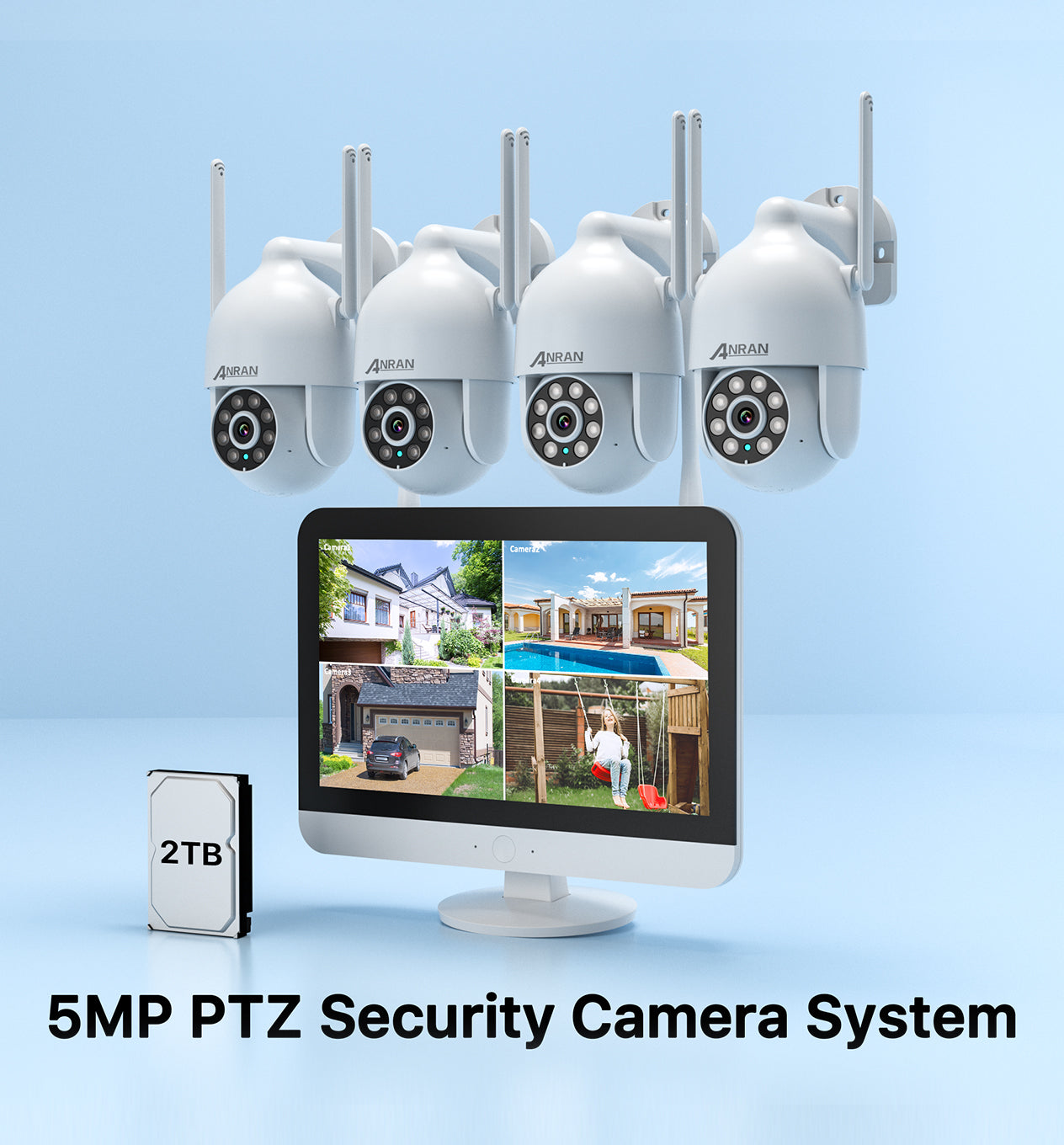Unlocking the Secrets of CCTV: Discover How These Cameras Transform Security!
In an age where security is becoming increasingly paramount, the role of CCTV security cameras has never been more significant. These cameras have evolved from simple observation tools to advanced surveillance systems that can enhance security in various environments, from homes to businesses. This article aims to delve into the workings of CCTV security cameras, explore the different types available, and highlight the myriad benefits they offer. Whether you’re considering installing a system for your home or business, understanding these elements is essential in making an informed decision about your security needs.

Understanding CCTV Security Cameras
CCTV, or Closed-Circuit Television, refers to a network of cameras that transmit video footage to a specific set of monitors. Originally developed in the 1940s for military purposes, CCTV technology has significantly advanced over the decades. The fundamental components of a CCTV system include cameras that capture video, recording devices that store the footage, and monitors that display the images. The combination of these elements allows for comprehensive surveillance capabilities, enabling users to keep a watchful eye over their property and belongings. A friend of mine recently installed a CCTV system at his retail store, and the peace of mind it brought him was evident as he could monitor the shop even while away.
How CCTV Security Cameras Work
The technology behind CCTV cameras has transformed dramatically, particularly with the shift from analog to digital systems. Analog cameras capture video footage and transmit it in a continuous stream to a recording device, whereas digital cameras convert the footage into data packets for transmission over networks. This allows for greater flexibility and quality. In modern systems, video footage can be captured and stored on local hard drives, cloud servers, or a combination of both. Internet connectivity has further enhanced the functionality of CCTV systems, enabling remote access and real-time monitoring through smartphones and computers. This means that my friend can check his store’s live feed while on vacation, ensuring everything is in order from anywhere in the world.
Types of CCTV Security Cameras
There is a wide variety of CCTV security cameras available, each designed to meet specific needs and circumstances. Dome cameras are discreet and typically installed on ceilings, making them ideal for indoor use. Bullet cameras are more visible and effective for outdoor monitoring, as their shape allows for focused surveillance. PTZ (Pan-Tilt-Zoom) cameras offer the ability to remotely control the camera’s direction and zoom level, providing versatile coverage of larger areas. IP cameras, which connect directly to the internet, allow for high-definition video and advanced features like motion detection and alerts. Choosing the right type of camera can significantly impact the effectiveness of a surveillance system, and understanding these options helps users tailor their security measures accordingly.
Benefits of Using CCTV Security Cameras
The benefits of implementing CCTV security cameras are manifold. Firstly, they act as a powerful deterrent against crime; the mere presence of visible cameras can discourage potential wrongdoers from attempting theft or vandalism. Secondly, in the unfortunate event of an incident, CCTV systems provide valuable evidence that can be used for investigations and legal proceedings. Additionally, they allow for continuous monitoring of premises, enabling quick responses to suspicious activities. Remote access capabilities also enhance convenience, allowing users to check on their property in real-time, whether they are at work or on holiday. Ultimately, the integration of CCTV security cameras contributes significantly to overall safety and security for both residential and commercial properties.
Enhancing Security with CCTV Technology
In summary, CCTV security cameras play a critical role in enhancing safety and security in various settings. By understanding how these systems work, the different types available, and their numerous benefits, individuals and businesses can make well-informed decisions about their security needs. As urban environments grow and security concerns continue to rise, investing in CCTV systems can provide peace of mind and a tangible sense of protection for your property and loved ones. Consider implementing a CCTV solution to safeguard what matters most to you and enjoy the reassurance that comes with modern surveillance technology.
